Far from their homes in one of the world’s most isolated and secretive states, about 11,000 North Korean soldiers find themselves at the center of Europe’s biggest conflict since World War II.
Little is known about the North Korean troops deployed to support Russia in its devastating yearslong war in Ukraine – or what exactly they will be ordered to do – and their presence hasn’t even been officially acknowledged by Moscow or Pyongyang.
US, Ukrainian and South Korean intelligence says the North Koreans have already engaged in combat operations, joining a Russian force of tens of thousands to carry out an assault on Ukrainian positions in Russia’s western Kursk region. Speculation has been rife about how these troops will fare.
North Korea has seen “several hundred” casualties — both killed and wounded — in the Kursk region since sending thousands of forces to Russia in October, a senior US official said Tuesday.
According to Ukraine, at least 30 North Korean soldiers were killed or wounded in fighting over the weekend alone near villages in Kursk close to the Ukrainian border. One Ukrainian unit reported that North Koreans – wearing different uniforms from the Russians – had launched infantry attacks using the “same tactics as 70 years ago,” in an apparent reference to the Korean War, where waves of infantry were used.
Pyongyang’s soldiers lack real-world battle experience and will face unfamiliar terrain in a brutal, modern war theater – one that has wrought chaos and horror for both sides as the dead pile up across the front lines.
“If I was going to describe their capability more broadly and not think about the kit that they had, I would tell you that these are not battle-hardened troops, they haven’t been in combat before,” the US official said, adding their assessment was that casualties included “all ranks” including leaders at command-and-control nodes,.
But some analysts have warned against underestimating the North Koreans.
North Korean leader Kim Jong Un will be sending “the best” from an elite force of highly trained and “indoctrinated” soldiers known as the Storm Corps, according to retired Lt. Gen. Chun In-bum, a veteran of the South Korean army.
Some are special forces, like the US Navy Seals or Rangers, or Britain’s SAS. Others are light infantry and snipers, he said.
The Storm Corps – the 11th Army Corps of the North Korean military – are “better trained, (have) better physique and (are) better motivated than your average North Korean soldier,” Chun said.
North Korean propaganda material released by state media this year has shown Kim overseeing special operations training marked by extreme displays of strength, including the smashing of cinder blocks over the ripped torsos of soldiers stripped to the waist.
Michael Madden, a non-resident fellow in the 38 North program at the Stimson Center in Washington, said this largest deployment of North Korean soldiers since the Vietnam War is equipped with “certain psychological tricks” to persevere.
“These guys are programmed. These guys are indoctrinated,” he said. “But the question is, how well indoctrinated? How well programmed are they?”
“They are probably better positioned than other members of the military, or other members of militaries going into a foreign conflict, in terms of the preparation of their minds.”
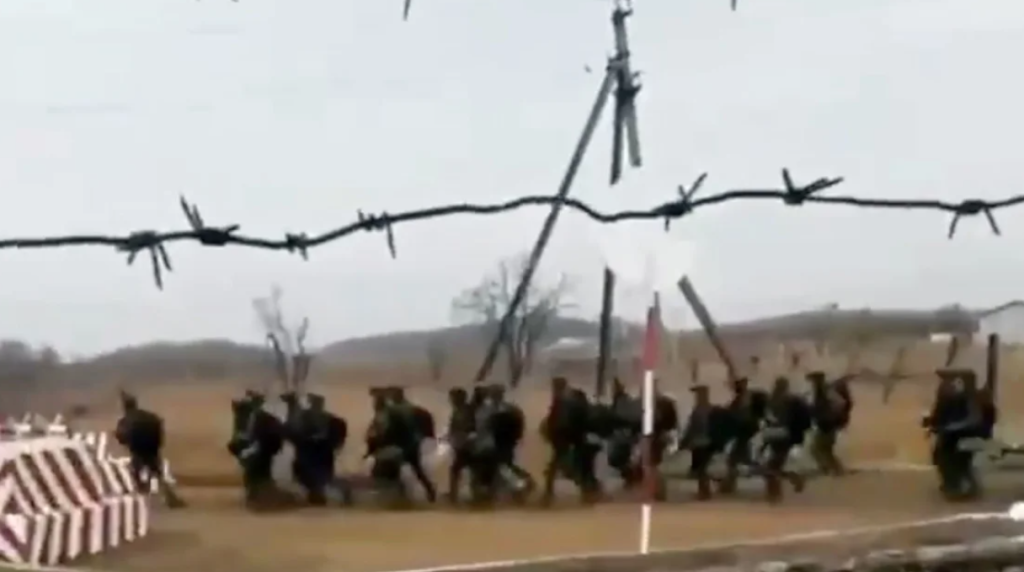
‘Fair game’
Mental strength, however, may not be enough to overcome the worst challenges the North Korean soldiers could face.
Drone warfare has transformed the battlefield in Ukraine, bringing new levels of surveillance and destruction to military targets but also civilians and civic infrastructure.
Russia’s “meat-grinder” tactics, particularly in the fighting for eastern Ukraine, have essentially offered Russian recruits to the slaughter.
There is also the very real possibility of US-made weapons killing North Koreans. The White House has said the troops are “fair game” and “fair targets.”
South Korean lawmakers say Russia is teaching the soldiers about 100 basic military terms like “fire” and “in position,” as reports of command and communication issues arise.
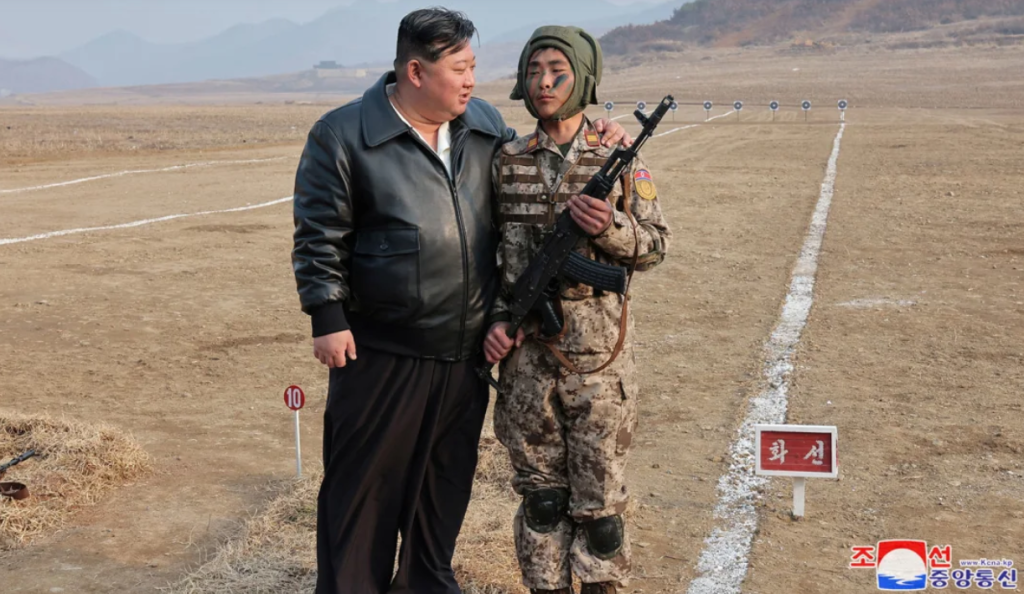
In Russia, their training has included artillery, operating unmanned aerial vehicles and basic infantry operations including trench-clearing, “which are critical skills for frontline operations,” according to the US State Department.
And intelligence assessments suggest the North Koreans are embedding within the Russian military.
Moscow’s success in utilizing the troops “will in large part be dictated by how well the Russians can integrate them into their military,” the State Department said.
Whether they’ll be digging trenches, guarding posts or actually fighting on the front lines remains unclear.
“When we catch them or see a body, then I’ll know for sure that they’re here,” Oleksandr, a unit commander with Ukraine’s 225th assault battalion,
Malnutrition and worms
North Korea is one of the world’s most heavily militarized nations, with an estimated 1.2 million armed forces personnel, according to the CIA World Factbook, and all citizens must complete mandatory military service from age 17.
That stint typically lasts 10 years for men, though recent assessments suggest North Korea has cut the time by half.
While North Korean special forces would likely be prioritized for better food and clothes, according to Chun, regular conscripts have struggled in the past.
Kim Seong-han, a defector who lives in the South, remembers his 12 years in the North Korean army as a time of little food, poor treatment and grueling winter marches with no sleep.
In 1989, he joined the military as a soldier in Kaesong, a city near the South Korean border, and served during the catastrophic North Korean famine of the 1990s that killed as many as 1 million people.
“Before 1991, we could still eat meat, but from that year, meat started running out,” said Kim, who requested to use a pseudonym for security reasons. “The rice ration which used to be 800 grams (1.8 pounds) per meal, was reduced to 800 grams per day, and eventually, we were only given corn meal without rice.”
Malnutrition was rife among his comrades, he added.
While training, Kim Seong-han said there were regular accidents “like misfires, soldiers accidentally detonating grenades, and other weapon mishaps.”
“An example of our training would be a winter march – marching 150 kilometers (93 miles) over three days without sleep,” he said.
One bright spot was the decent heating and 24-hour electricity at the barracks, unlike in the homes of many North Koreans, he added.
Kim Seong-han escaped to South Korea in 2017. Though his North Korean military experience ended more than two decades ago, it offers an insight into a world seldom understood by outsiders.
More recent accounts of life as a North Korean soldier also paint a bleak picture.
One soldier, who was shot multiple times as he defected to the South in 2017 by running through the heavily fortified Demilitarized Zone, was found with parasitic worms and a chronic liver infection.
Some of the parasites removed were as long as 27 centimeters (more than 10 inches), according to the South Korean doctors who treated him. One type of worm they found typically afflicts dogs.
“Everyone was hungry, even the soldiers,” said another North Korean defector and former army officer, Kang Ri Hyuk, at the time. “There are many soldiers who also die from disease because they’re not given medical treatment.”
There have also been reports of North Korean soldiers stealing food from rural villages and farms.
North Korea has a long history of serious food shortages and famines. The United Nations’ World Food Programme says more than 40% of the population are undernourished.
But some North Korean military units are well supplied, and “have regular food and logistical supply,” said 38 North’s Madden.
“They have enough to eat. Or, more to eat than the average North Korean citizen,” he said.
“They are well-appointed in terms of clothing. There is heating in the barracks. There is free time or recreational activities, and the military unit itself is well supplied in terms of construction materials, farming materials.”



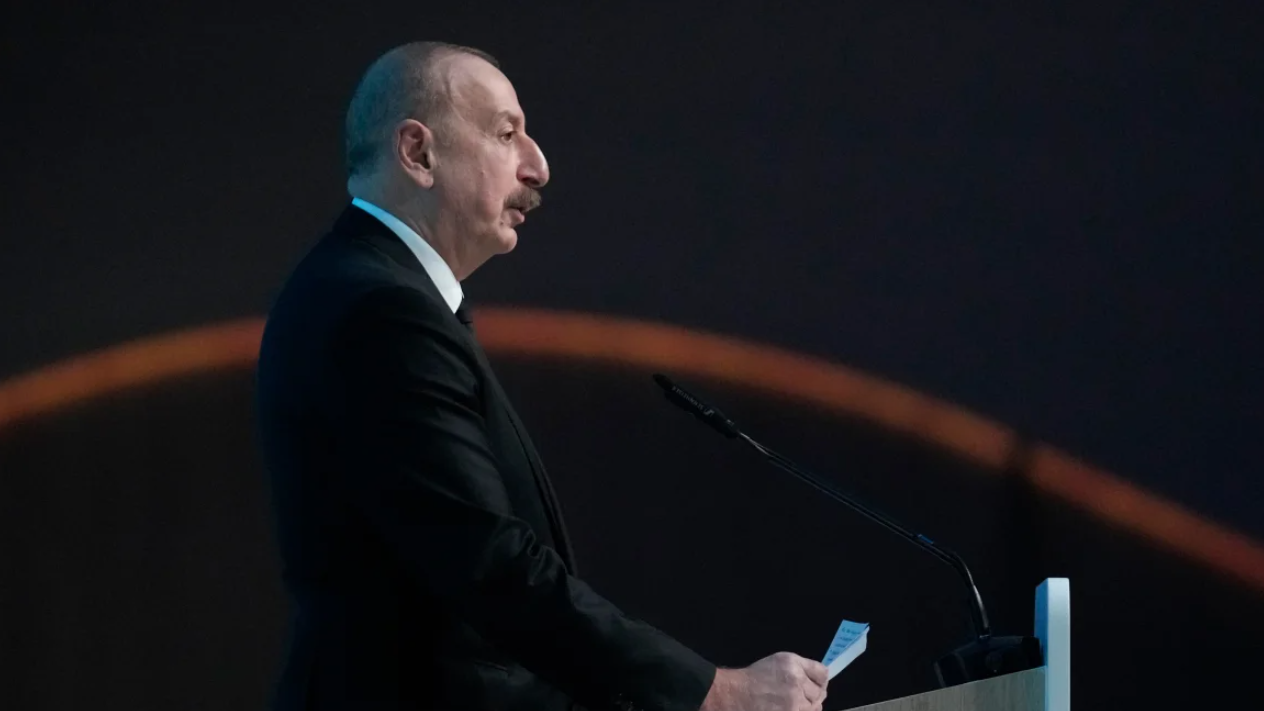

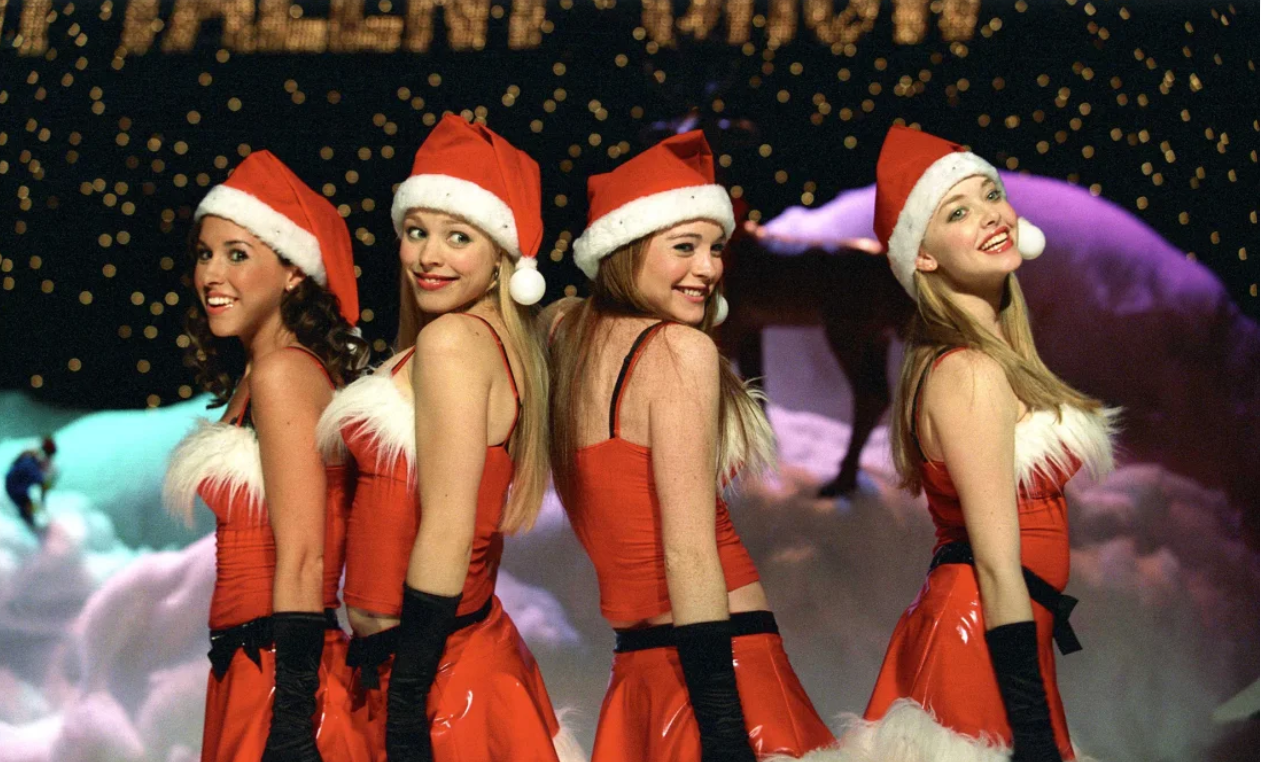

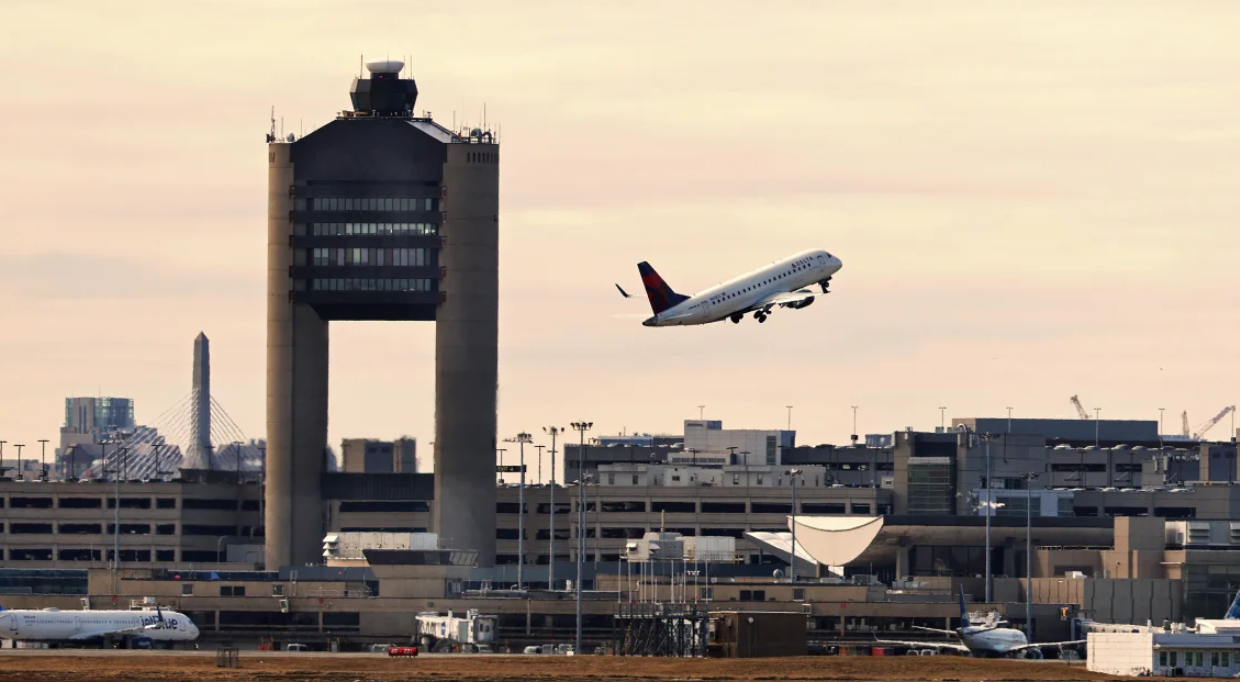
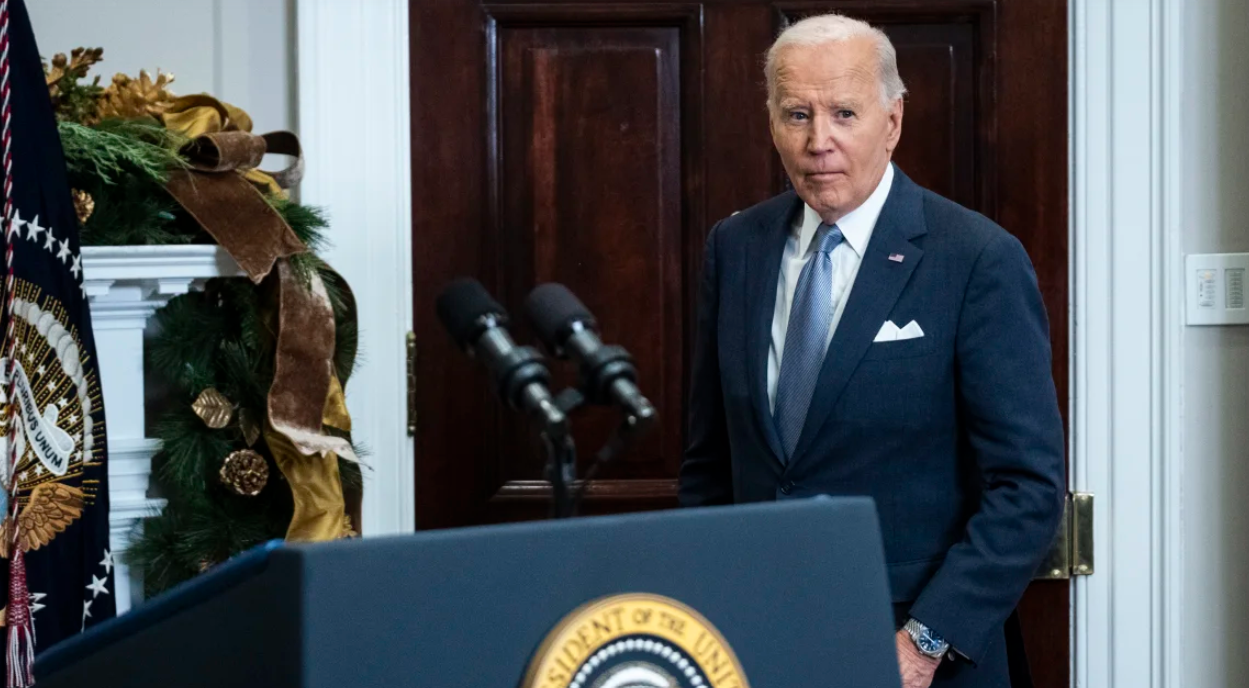
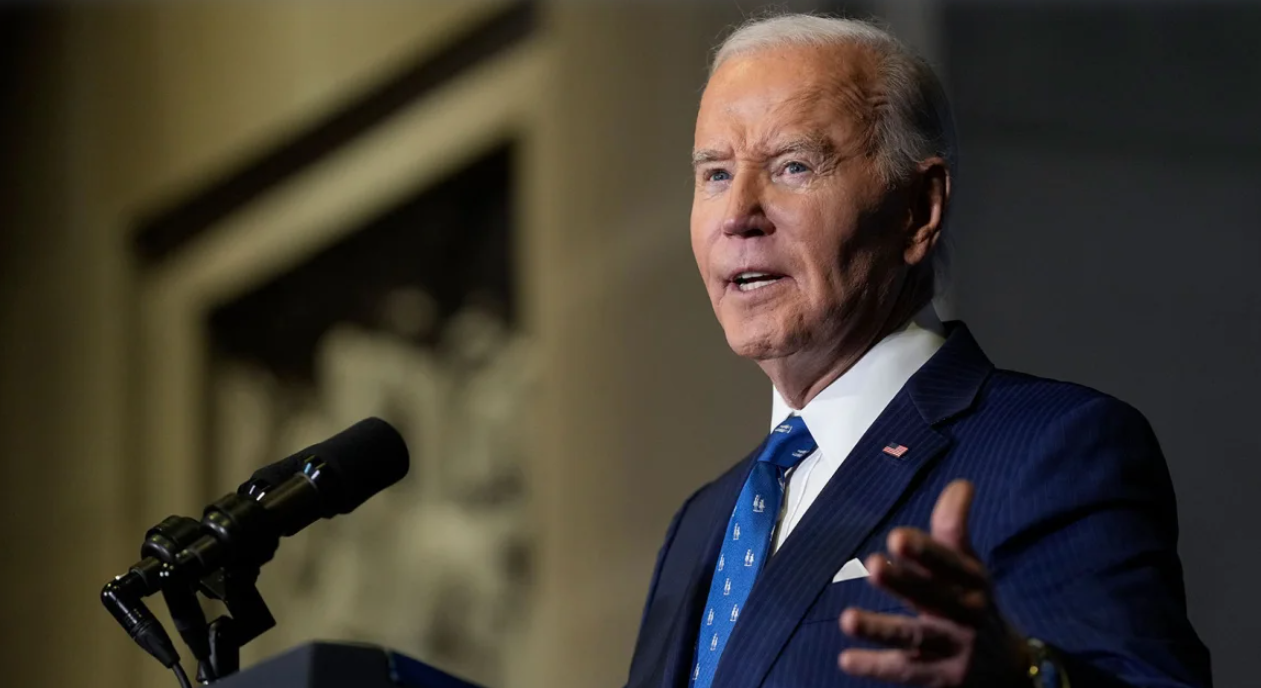
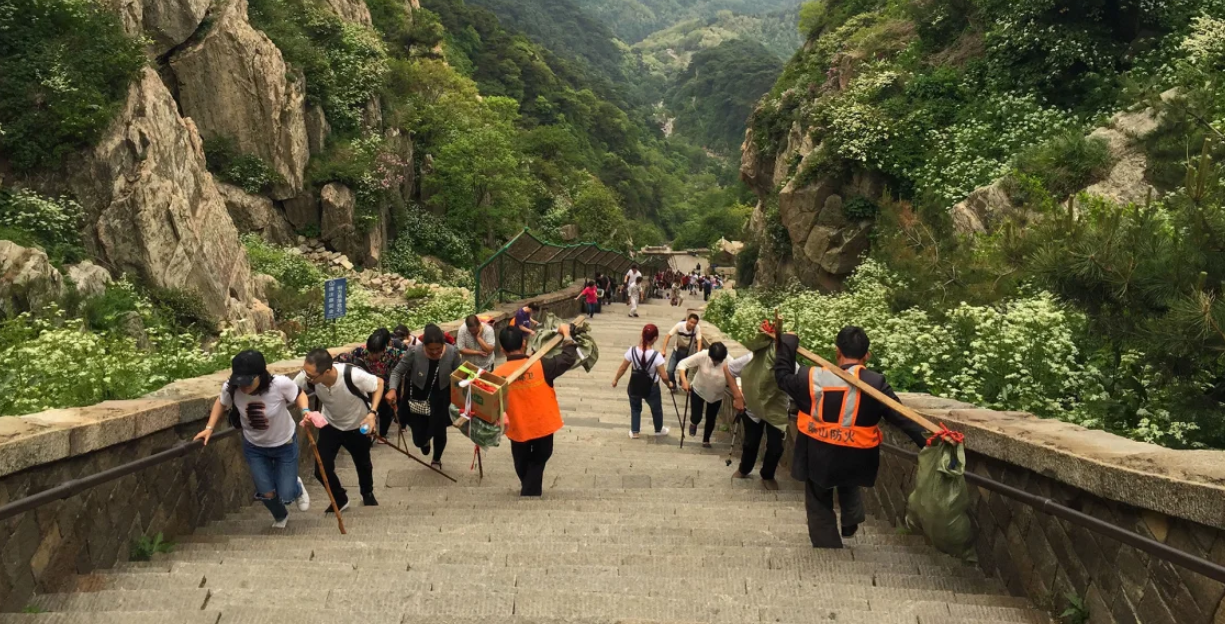



Leave a Reply